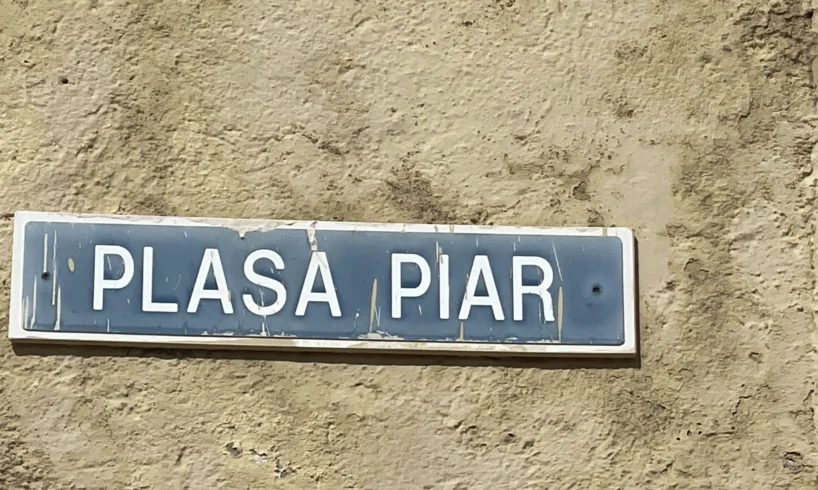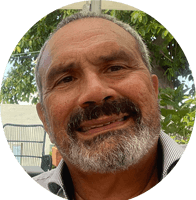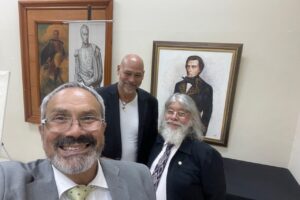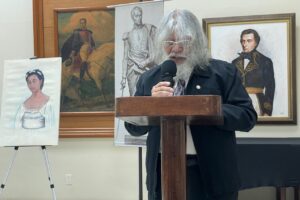
 Plasa Piar: A Symbol of Shared History
Plasa Piar: A Symbol of Shared History
Nestled in the historic center of Willemstad, Plasa Piar stands as a testament to the enduring bond between Venezuela and Curaçao. This iconic space, home to the statue of General Manuel Carlos Piar, honors a Curaçaoan-born hero who played a pivotal role in Latin America’s fight for independence. Unveiled on July 5, 1963, the statue was a gift from Venezuela, signifying gratitude and mutual respect between the two nations.
Manuel Carlos Piar, born in Curaçao, rose to prominence as a general and ally of Simón Bolívar in the Venezuelan War of Independence. His story embodies the ideals of freedom, justice, and unity, values cherished across the Caribbean. The renaming of the square to Plasa Piar at the statue’s inauguration further solidified his legacy as a bridge between Curaçao and Venezuela.
A Historic Inauguration
The unveiling ceremony was a moment of profound historical significance. Reinaldo L. Mora, then Venezuela’s Minister of Education, officially presented the statue, while Onofre Bikker, President of the Antillean Parliament, accepted it on behalf of Curaçao. Crafted by Italian-Venezuelan sculptor Santiago Poletto Lambertini, the statue faces Brionplein, where a statue of Curaçaoan naval hero Luis Brion stands. This alignment symbolizes the shared ideals of liberty and solidarity.
Historian and diplomat José Nucete-Sardi underscored Piar’s dual legacy as a Curaçaoan and Venezuelan icon in a speech that still resonates today. Nucete-Sardi celebrated Curaçao’s contributions to Venezuela’s independence, presenting Piar as a unifying figure and a symbol of Caribbean solidarity.
UNESCO Recognition and Neglect
Plasa Piar is part of Willemstad’s UNESCO World Heritage designation, acknowledging its global cultural significance. However, this recognition comes with the responsibility to preserve and maintain the site. Despite its historical importance, Plasa Piar has fallen into neglect. The plaza is often used as a parking area, and the statue has suffered damage, with pieces reportedly stolen over time.
Such neglect erodes Manuel Carlos Piar’s legacy and jeopardizes Curaçao’s UNESCO obligations. Allowing Plasa Piar to fall into disrepair undermines its value as a cultural landmark and disrespects the shared history it represents.
A Call to Action: Restoration and Renewal
Restoring Plasa Piar is more than a matter of aesthetics; it is a commitment to honoring Curaçao’s heritage and reaffirming its place in the Caribbean and Latin American independence narrative. The plaza can be revitalized with thoughtful planning as a vibrant space for reflection, education, and community gatherings.
A restored Plasa Piar would serve as a beacon of unity, reminding locals and visitors alike of the shared struggles and triumphs that define the region’s history. It would also strengthen cultural ties with Venezuela and reinforce Curaçao’s commitment to preserving its historical legacy.
The Future of Plasa Piar
As Curaçao navigates its path toward urban development and enhanced tourism, revitalizing Plasa Piar should be a priority. By transforming the plaza into a space that celebrates its historical significance, Curaçao can honor Manuel Carlos Piar’s contributions, reaffirm its cultural identity, and inspire future generations.
The legacy of Plasa Piar is too important to be forgotten. It is time to restore this historic site to its rightful place as a symbol of freedom, unity, and pride for Curaçao and the Caribbean.

Tico Vos is a professional photographer, producer, and tourism specialist. He has been documenting the History, Culture, and News of Curaçao. This site is a documentation of the history of Manuel Carlos Piar.





